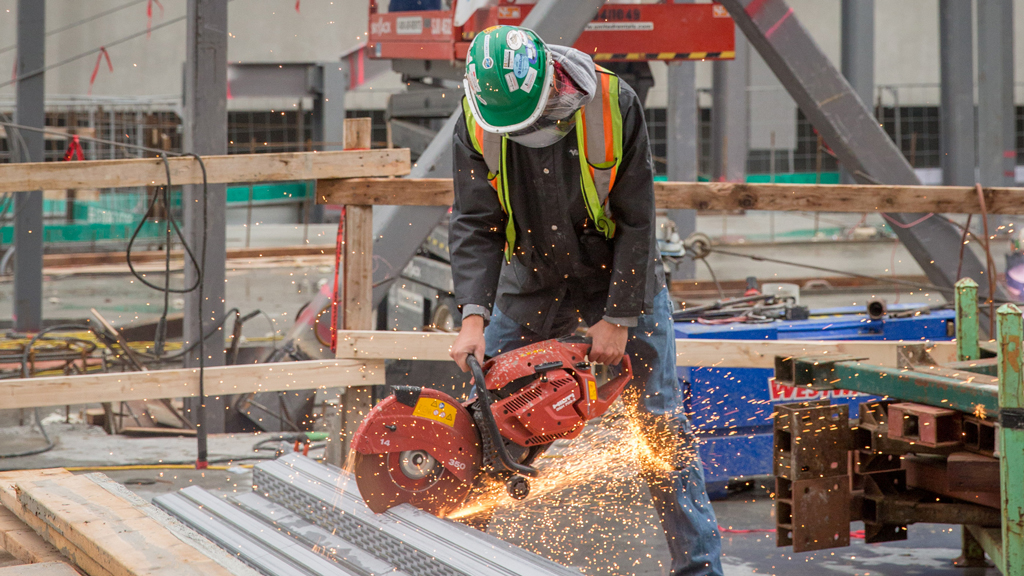VICTORIA, B.C. — The latest data from the BC Construction Association’s (BCCA) annual industry survey is showing what issues are impacting employers and workers as construction activity booms in the province.
The survey shows the industry is experiencing a 79 per cent increase in the value of current projects from five years ago, and a 17 per cent increase from pre-pandemic levels, despite a tight labour market and sky-high prices for goods.
Fewer workers for more work
The association explained despite an increase in project spending to $134 billion and a sustained increase in the number of B.C. construction companies, the number of employees in the industry has dropped across all trend milestones: a two per cent decrease year-over-year, a nine per cent decrease compared to pre-pandemic levels, and a five per cent decrease against the five-year marker. The average company size has shrunk seven per cent over the last five years to an average of 6.53 workers. Approximately 90 per cent of companies in the industry employ less than 20 workers.
More skills and higher pay
The shortage has led to a rise of 14 per cent in construction wages since 2015, making the average wage $66,591. Wages have seen an eight per cent increase since pre-pandemic levels alone. Nearly 100 per cent of workers are working full time, 84 per cent year-round and half are earning a higher wage than last year. Nearly 37 per cent of survey respondents report taking a new job for more pay this year and 41 per cent have worked for two or more employers.
The survey also found that workers are getting more skilled, with 76 per cent of respondents reporting they are fully credentialed and 12 per cent are in the process of getting their ticket.
Women in construction
The survey results showed that more women are receiving subsidized training and mentorship than men, and the number of companies with diversity policies in place has risen to 84 per cent from 62 per cent just a few years ago.
At least 17 per cent of the projected skills gap has been filled by tradeswomen, who are now 5.7 per cent of the skilled workforce and 5.5 times more likely to recommend the trades as a career path.
Issues of concern
While COVID-19 is no longer a top issue of concern after appearing at number three in the list last year, lack of prompt payment, workforce shortages and eroding public sector procurement standards keep stress levels high, said the association. The survey showed contractors are less likely to bid on public sector projects even as the province announces record-level spending, with 20 per cent of respondents reporting they are less likely to bid on taxpayer funded projects.
“Construction is an essential and highly dynamic industry that is affected by events next door and around the world,” says Chris Atchison, BCCA president. “Whether it’s pandemic, floods, fires, war, supply chain, or government policy, our industry adapts to reflect those challenges. With the unprecedented commitment of tax dollars to infrastructure spending and a boom in large private projects, employers are looking for leadership from government on two major issues that will improve industry conditions for all contractors and workers regardless of labour affiliation: prompt payment legislation and mandatory public sector procurement best practices.”











Recent Comments
comments for this post are closed